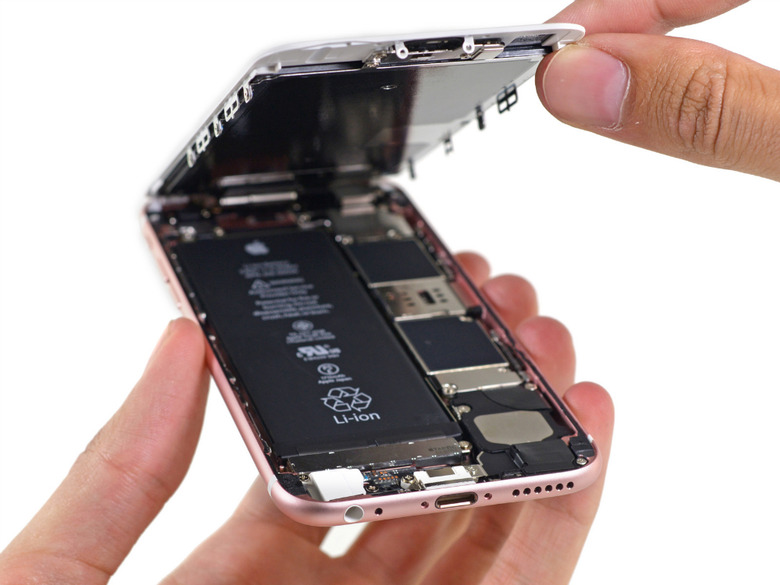A Secret iPhone 6s Component No Other Phone Has Is Responsible For Huge Speed Gains
Apple has done it again this year. The new iPhone mops the floor with the competition in performance tests, and the new handset can match the Retina MacBook in benchmarks. The increased performance of the iPhone 6s isn't unexpected, considering that previous iPhones have all held their own against more powerful Android competitors.
How did Apple do it this year? The company has a faster, more efficient A9 chip, 2GB of new LPDDR4 RAM, and a brand new GPU that's miles ahead of the competition. But there's also a secret iPhone component responsible for the new iPhone's performance gains that nobody is really talking about, and it's one that the competition doesn't even have.
DON'T MISS: 10 killer iPhone 6s tricks you need to know
While it's much easier to debate whether 1GB of 2GB of RAM will suffice for next year's iPhone over coffee, the majority of fans will probably ignore something called a custom NAND controller for the iPhone. That particular component happens to handle storage memory read and write speeds, and Apple – unsurprisingly – designed its own for the iPhone 6s.
In fact, as AnandTech points out, not only did Apple design it, but it's exactly the same component that's found on MacBooks. That essentially means Apple is ready to offer MacBook SSD-grade speeds on the iPhone 6s series.
"Overall, NAND performance is impressive, especially in sequential cases," the tech site wrote in its extremely detailed analysis of the iPhone 6s' storage performance. "Apple has integrated a mobile storage solution that I haven't seen in any other device yet, and the results suggest that they're ahead of just about every other OEM in the industry here by a significant amount."
Thanks to this overlooked Apple component, the new iPhones can read and write data faster than most competitors, making this chip responsible for the handset's extra speed. Of course, the improved CPU, GPU and extra RAM also help, and will probably take all the credit for the remarkable speed bump the iPhone 6s got.
